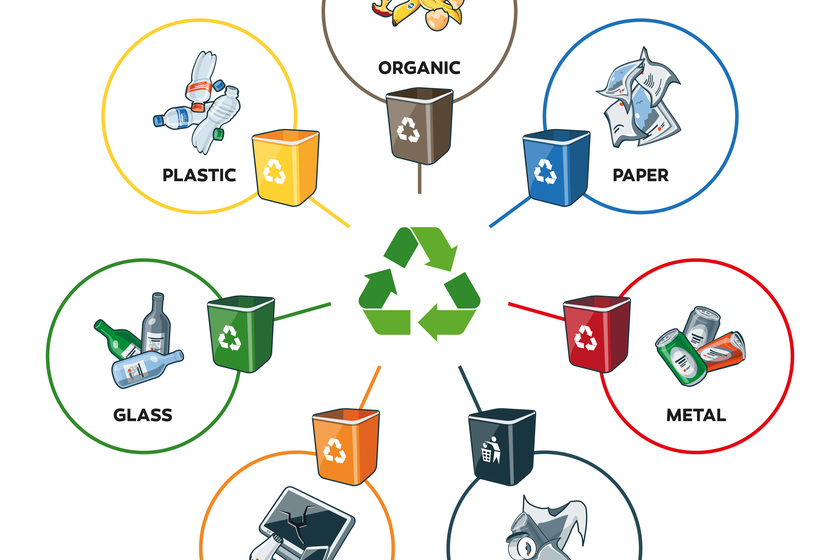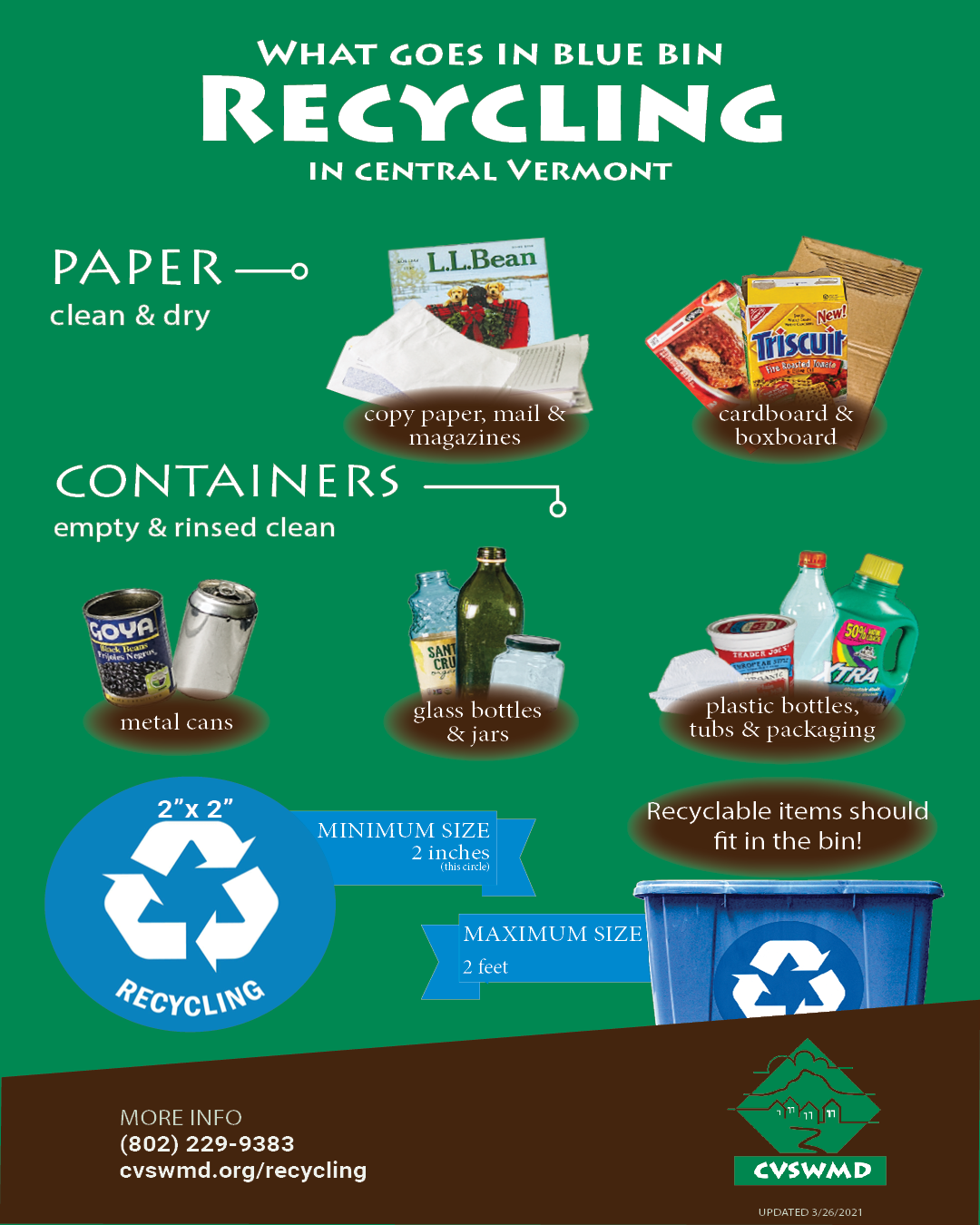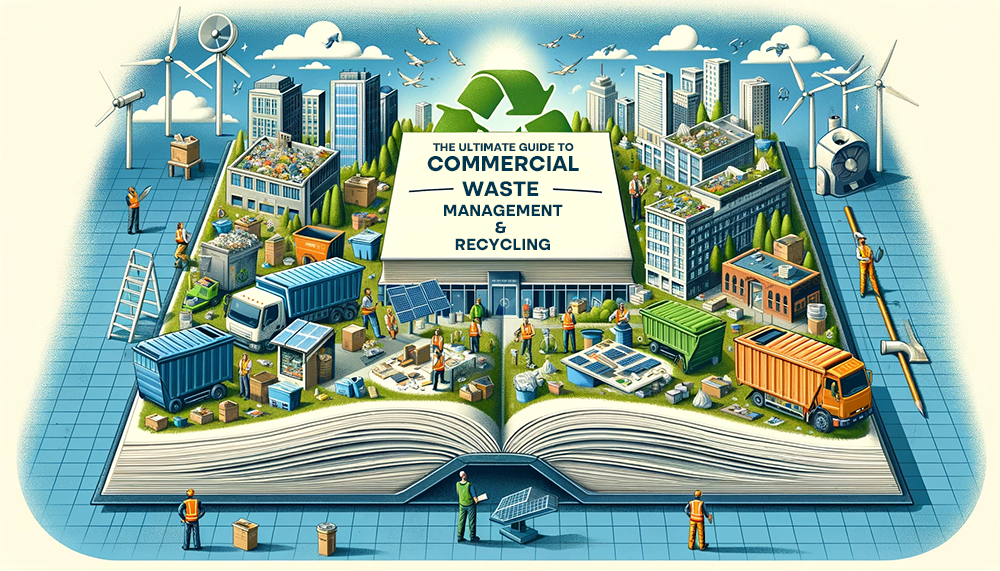Why Select Recycling Lives Services for Your Waste Monitoring Needs
Why Select Recycling Lives Services for Your Waste Monitoring Needs
Blog Article
Discovering Different Sorts Of Waste in Modern Waste Management Equipment
The contemporary landscape of waste administration involves navigating an intricate variety of waste kinds, each calling for specialized handling and disposal methods to mitigate ecological impacts. Community strong waste, harmful waste, electronic waste, and organic waste each existing unique obstacles and chances for source recovery.
Municipal Strong Waste
Metropolitan solid waste, commonly described as household trash or garbage, includes a variety of disposed of materials generated by residential, commercial, and institutional sources within a district. This waste stream generally consists of things such as packaging, food scraps, backyard trimmings, paper, plastics, textiles, and thrown out house products. The monitoring of municipal solid waste is a vital component of urban preparation and public wellness, demanding efficient collection, transportation, and disposal systems.
Reliable waste management systems are made to lessen environmental influence while making the most of source recuperation. This usually entails a mix of methods including landfilling, composting, and recycling. Reusing programs target materials like paper, glass, metals, and specific plastics, diverting them from garbage dumps and reintroducing them into the manufacturing cycle. Composting organic waste, such as food scraps and backyard trimmings, not only reduces land fill usage however also creates useful dirt amendments.
Towns need to also deal with the logistical and financial difficulties related to waste management. Applying pay-as-you-throw systems, enhancing public understanding, and buying innovation can substantially boost waste diversion rates. By integrating these methods, communities can promote sustainable neighborhoods, minimize greenhouse gas emissions, and conserve natural deposits.
Contaminated Materials

Effective unsafe waste management involves a number of essential steps: recognition, disposal, treatment, and partition. Partition guarantees that harmful materials are kept individually from non-hazardous waste to avoid cross-contamination.
Regulative frameworks, such as the Resource Conservation and Recovery Act (RCRA) in the USA, give standards and requirements for contaminated materials administration. Adherence to these regulations, combined with improvements in waste treatment technologies, is essential in mitigating the risks connected with contaminated materials.
Digital Waste
Electronic waste, typically described as e-waste, stands for a quickly expanding difficulty in waste management systems worldwide. This sort of waste includes disposed of digital devices and tools such as smartphones, computer systems, televisions, and other digital devices. The rapid pace of technical advancement, paired with lowering item life expectancies and consumer demand for the most recent devices, has greatly increased the quantity of e-waste produced each year.
E-waste is particularly problematic due to its complex make-up, usually consisting of hazardous materials like lead, mercury, and cadmium, which posture considerable environmental and health threats otherwise correctly handled. On the other hand, e-waste additionally includes useful products such as silver, copper, and gold, which can be recovered and recycled. The double nature of e-waste-- both harmful and beneficial-- requires specific handling, recycling, and disposal processes.
Efficient e-waste management involves stringent regulatory frameworks, robust collection systems, and progressed reusing modern technologies. Public recognition and involvement are vital, as inappropriate disposal methods, such as prohibited unloading and informal recycling, worsen ecological contamination and health and wellness risks. Improving e-waste administration techniques is important for reducing eco-friendly impact and recovering important sources in a significantly electronic globe.

Organic Waste
Organic waste, comprising cooking area scraps, yard trimmings, and agricultural residues, stands for a substantial part of the global waste stream. This type of waste is biodegradable, suggesting it can be broken down by microorganisms into simpler natural compounds. Despite its potential for all-natural disintegration, inappropriate administration of natural waste can lead to negative environmental effects, including the discharge of greenhouse gases such as methane, which add to environment change.
Reliable management of organic waste is critical for lessening my site these environmental impacts (recycling lives services). Composting is an extensively taken on method, changing natural waste right into nutrient-rich compost that can boost soil health and wellness and agricultural performance. Additionally, anaerobic food digestion is an emerging modern technology that transforms organic waste into biogas, a sustainable power source, and digestate, which can be utilized as plant food
Municipalities and waste monitoring entities should carry out robust natural waste collection and treatment programs to optimize the advantages of these processes. Public education and learning projects can also play a crucial role in encouraging homes and services to different organic waste from other sorts of waste. By focusing on the monitoring of organic waste, societies can decrease garbage dump usage, lower greenhouse gas emissions, and produce valuable byproducts for farming use.

Cutting-edge Waste Monitoring
In the world of waste monitoring, innovative techniques are transforming how societies manage their refuse, intending for sustainability and performance. These developments include a range of innovations and methods that improve reusing prices, lower garbage dump dependence, and lower environmental influence. One popular development is the implementation of smart waste bins furnished with sensors that keep track of fill levels and maximize collection routes. This not only reduces fuel usage yet also decreases greenhouse gas discharges.
An additional significant development is the adoption of waste-to-energy (WtE) technologies. By transforming non-recyclable waste into functional energy with procedures such as incineration and anaerobic food digestion, WtE decreases landfill concern and supplies an eco-friendly energy source. Advancements in chemical reusing permit for the malfunction of complicated plastics into their original monomers, making it possible for the creation of new, high-quality plastic items.
Additionally, the round economy version is obtaining traction, stressing the style of products and systems that prioritize reusability and resource effectiveness. This all natural approach encourages markets to decrease waste generation from the start. Via these ingenious approaches, modern-day waste administration systems are not just resolving the immediate difficulties of garbage disposal but also leading the means for a much more lasting future.
Verdict
A comprehensive understanding of community strong waste, contaminated materials, electronic waste, and organic waste, paired with the execution of cutting-edge waste monitoring go to these guys remedies, is important for alleviating environmental impacts. Incorporating modern technologies such as clever waste bins and waste-to-energy systems can enhance performance and sustainability. Reliable waste management strategies not just foster resource recovery yet also advertise public awareness and participation, eventually contributing to the growth of a circular economic situation.
The modern landscape of waste monitoring includes browsing a complicated range of waste types, each requiring specialized handling and disposal techniques to mitigate environmental impacts. Community solid waste, hazardous waste, digital waste, and organic waste each existing unique obstacles and opportunities for resource healing.Electronic waste, commonly referred to as e-waste, stands for a swiftly expanding obstacle in waste management systems around the world. With these cutting-edge methods, contemporary waste administration systems are not only addressing the instant difficulties of waste disposal yet likewise paving the way for an extra lasting future.
An extensive understanding of community solid waste, unsafe waste, digital waste, and natural waste, coupled with the implementation of cutting-edge waste monitoring solutions, is imperative for minimizing environmental influences. click here for more (recycling lives services)
Report this page